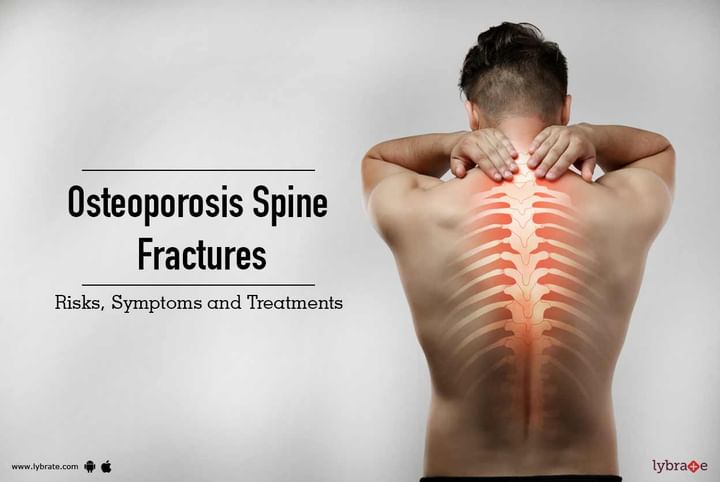Osteoporosis Spine Fractures: Risks, Symptoms and Treatments
Osteoporosis is a condition wherein the bones become brittle and weak; so much so that even mildly stressful activities such as coughing, bending over or even a slight fall (such as the one from a high rise chair) can result in fractures. Osteoporosis-related fractures commonly occur in the spine, hip or the wrist. The human body has a continuous mechanism of bone absorption and removal. In case of osteoporosis, the creation of new bones doesn’t happen in accordance with the removal of old bones.
Spinal Fractures:
The bones of the spine get extremely vulnerable to breakage and even cracking open. The fractures in the spine, also known as vertebral compression fractures can cause a sharp stinging pain in the back that may make sitting, standing, or even walking a very tardy task.
Risk Factors:
-
Increasing age
-
Abnormally less or high body weight
-
Menopause or low levels of sex hormones
-
Gender: This disorder is more likely to affect women as compared to men. Also women, who are above 50 are more likely to suffer from this debilitating disorder.
-
Race is a significant risk factor of osteoporosis. If you are of Asian descent, you are more likely to be affected by it.
-
Having a family history of osteoporosis will put you at a greater risk of this disorder.
Symptoms:
-
Fractured or collapsed vertebra causing back pain
-
A stooped posture
-
A shrunken appearance (as if one has had loss of height)
-
Very fragile bones, thus increasing risks of fractures
-
Severe and sudden pain in the back
-
Difficulty in twisting or bending the body
Lower spine fractures are way more troublesome as compared to fractures in the upper spine. Fracturing more than a bone in the spine also remains a huge possibility.
Diagnosis and Treatment:
Firstly, an X-ray or a computerized tomography (CT scan) will be done to have a closer look at the bones. A bone density test is another commonly used method of diagnosing osteoporosis.
-
Steroids and medications: Some medications may be used to prevent or combat osteoporosis. These include alendronate, ibandronate, risedronate and zoledronic acid.
-
Physical therapy: Just like muscles, bones get stronger too when you exercise. Weight-bearing and muscle- strengthening exercises are the most helpful in this regard and are considered best for the treatment of osteoporosis. Cardiovascular exercises such as walking, jogging or even swimming can prove to be immensely beneficial.
-
Diet: Make a diet chart that includes high-calcium food items, dairy products such as yogurt, cheese, and low-fat milk, tofu, green vegetables such as collard greens and broccoli, sea fish such as salmon and sardines.
-
Salt: Limit salt intake
-
Therapy: Hormone replacement therapy (treatment method consisting of estrogens to alleviate and treat symptoms of osteoporosis) is another method of treatment that can be recommended by the doctor. If you wish to discuss about any specific problem, you can consult a doctor and ask a free question.



+1.svg)
